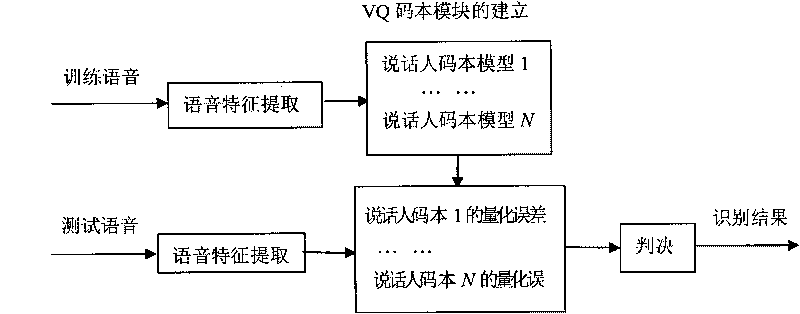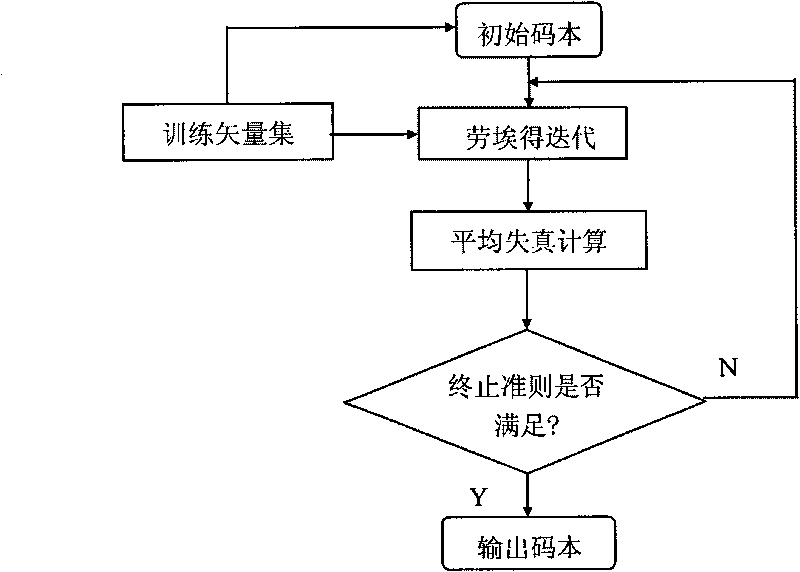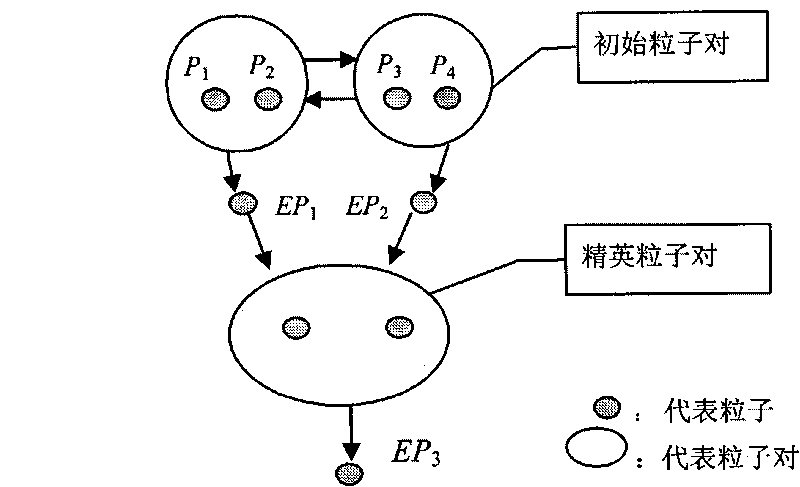Three-particle cooperative optimization method applied to vector quantization-based speaker recognition
A technology of speaker recognition and vector quantization, which is applied in the field of three-particle collaborative optimization, can solve problems that affect the performance of speaker recognition, cannot be guaranteed, and find the global optimal codebook, etc.
- Summary
- Abstract
- Description
- Claims
- Application Information
AI Technical Summary
Problems solved by technology
Method used
Image
Examples
Embodiment Construction
[0085] In order to have a further understanding and understanding of the structural features of the present invention and the achieved effects, the preferred embodiments and accompanying drawings are used for a detailed description, as follows:
[0086] The technical problem to be solved by the present invention is to propose an improved vector quantization speaker codebook model optimization design method - triple-particle cooperative optimization method (Triple-Particle Cooperative Optimizer, TPCO). The present invention integrates the advantages of the particle pair collaborative optimization algorithm and the hybrid leapfrog algorithm, starts from the information dissemination in the control group, coordinates global exploration and local deep search capabilities, improves the diversity of the group, overcomes prematurity, and improves the convergence speed and solution accuracy. It can more effectively prevent particles from falling into the local optimal codebook, and mak...
PUM
 Login to View More
Login to View More Abstract
Description
Claims
Application Information
 Login to View More
Login to View More - R&D
- Intellectual Property
- Life Sciences
- Materials
- Tech Scout
- Unparalleled Data Quality
- Higher Quality Content
- 60% Fewer Hallucinations
Browse by: Latest US Patents, China's latest patents, Technical Efficacy Thesaurus, Application Domain, Technology Topic, Popular Technical Reports.
© 2025 PatSnap. All rights reserved.Legal|Privacy policy|Modern Slavery Act Transparency Statement|Sitemap|About US| Contact US: help@patsnap.com



